Content is designed as a way to connect with your target audience. The content that you create needs to play to the needs and desires of those who are interested in your brand.
When you can produce dialogue, it ensures that there is active participation as well as a way to create more effective content.
Participation marketing, also known as experiential marketing, has proven to be effective across virtually every industry.
Download this post by entering your email below
What Is Participation Marketing?
Participation marketing takes Content Marketing to the next level. It involves creating campaigns that are more experiential so that customers can interact with brands more effectively.
Experiences are important to today’s consumers. As such, participation marketing focuses on establishing a relationship.
Ads are everywhere. They appear in blogs, on social media, on videos, and elsewhere. With ads appearing so abundantly in a consumer’s daily activities, they are blind to the advertising.
Traditional advertising is not capable of working because consumers have become blind to it. By marketing with the purpose of getting consumers to participate, it allows them to get the attention they demand while getting personal information that can help with their decision-making process.
There are a few elements involved with participation marketing that makes it unique:
- customer-focused;
- relevant;
- highly engaging;
- fun;
- personal.
A Deeper Look Into the Elements
Participation marketing uses various elements to make it different from the other forms of marketing that are out there.
Each pillar has to be included to ensure that it is as experiential and participatory as needed.
Customer-focused
You have to tell people why they want to do business with you. Don’t brag about who you are.
Instead, address the various pain points so that people know you’re focusing on their needs.
Relevant
As you market, the idea is to place the participatory opportunities in front of people you are trying to target.
As such, all content should be highly relevant to your target audience in terms of industry. Particularly with B2B, relevance is critical.
Highly engaging
The opposite of engaging is disinterest. By keeping your target audience highly engaged, they’ll stick with you long enough to show them what it is that you have to offer.
Fun
Essentially, you’re asking people to participate in an activity. If you can’t show that it’s going to be fun, they won’t see it as worth their time.
Even the activities that yield informative results should still be at least a little entertaining.
Personal
The entire reason you’re adding this to your marketing strategy is to make it personal.
People don’t want to see what you’re pitching to everyone; they want to see what you’re pitching them. Learn to customize the content to your audience.
Understanding your target audience is critical when dealing with participation marketing.
Additionally, it’s critical to understand the specific goal you wish to achieve before embarking on any kind of experience.
How Does Participation Impact Today’s Marketing Strategies?
Users want to be involved. It has been estimated that approximately 70% of users will become customers after interacting with engagement marketing.
It shows that it is highly effective and proves that it needs to be a part of your marketing strategies.
Examples of participation marketing are starting to pop up in various ways. It’s clear to see that some brands are understanding how to use it more effectively than others.
Brands like StitchFix and Zulily want to use questionnaires before granting access to their full website. This is so that they can offer a more personalized experience.
Rather than letting customers wander their websites aimlessly, they’ll focus on curating ideas that are highly recommended based on the answers to the questionnaire.
Other brands offer bots on the website that will answer questions. It can act as a salesperson of sorts to ensure that a person finds what they want and can get all the answers that they need to confidently make a purchase.
One of the biggest marketing goals should be to get people through the sales funnel as quickly as possible.
How are you going to achieve that?
Through participation. Let your customers participate in the marketing. Let them tell you what they want. Let them provide you with some details.
This allows you to promote in such a way that it helps them to shop. They can either learn of specific products that they need or learn that you offer a unique product to address productivity concerns. They can even learn about the return on investment that your product offers.
One of the great things about participation marketing is that it can be used alongside top marketing strategies for both B2B and B2C marketing.
For B2B, participatory marketing can be used alongside:
- Content Marketing;
- Inbound Marketing;
- Account-Based Marketing (ABM);
- Social Media Marketing.
With regard to B2C, you can embrace participation in conjunction with:
- Viral Marketing;
- Email Marketing;
- Paid Media Advertising;
- Direct Selling;
- Storytelling.
You’ve already seen how brands are asking for participation. Regardless of what you’re trying to sell (product or service) and to whom, you can embrace participation marketing within your existing strategies.
How to Effectively Embrace Participation Marketing
Customers like to buy. However, they do not want to be sold to.
This means that you have to feed information to customers so that they feel as though the decision to buy your product was entirely their idea.
This means that various outdated marketing tactics must be forgotten. To be too assertive with claims of “limited time” or “buy now” can actually scare your audience off.
They want to engage with your brand and start conversations with you. They don’t want to be harassed — online or off.
Participation marketing allows you to embrace the convergence culture. Old and new media are intersecting, and you must adapt to the new transformations that are taking place.
While you can learn from the old marketing tactics, you must use the newer ones whenever possible.
Once you realize that customers are in control, it makes it easier to include them in the marketing strategies.
Generating Content Effectively
Content should be generated in such a way that it is beneficial to you and to consumers.
This is why you need to combine strategic marketing with user-generated content.
It allows your marketing department to have input so that you’re promoting specific and branded content. It also allows your target audience to have active input in what is being shared so that it caters to their specific needs.
One type of content fuels the other. As you learn of the content generated by users, you can become more strategic with the content produced by your marketing team.
Similarly, the information shared by your marketing team can spark more interest in those who will converse with you and generate data on your website.
Whenever you can drive consumers through your sales funnel quickly and effectively, it benefits your bottom line. Content alone cannot do that.
You need content that will answer questions and keep your target audience engaged.
Through participation and interactive content, you generate content that is considerably more effective at achieving your marketing goals.
Planning a Content Strategy Based on User Input
When you are going to offer an experience, the concept is the same as any other content strategy. There are steps that need to be followed:
- identify your audience;
- identify the problem you need to address;
- specify your unique value proposition;
- choose the best content format;
- determine where you will publish the content.
This content strategy is followed regardless of whether you’re offering user participation or not.
Now, when you want to ask for and depend on participation, you need to dive into each step further.
Identify your target audience so you know who they are and what is important to them.
Do they want to get right to the facts? Do they want to be dazzled? Are they interested in numbers?
By establishing a character profile on your “average” customer, it can be easier to know who they are and what they want.
The interactive content you push has to address a problem. What do you need to provide to people so that you can push them further down the sales funnel?
The reality is that you may need to address different problems at different points of the sales funnel. Focus on a content strategy for each as opposed to trying to make it all-encompassing.
Tell people why it is that you’re unique. Give people a reason to choose you as opposed to your competitors.
With participatory marketing, you can show instead of tell. Show people what you have to offer through such things as lookbooks or interactive quizzes.
When you let them interact with what you have to offer, you give them control.
The content may be text, but it may also include interactive content. Combining a few formats, you can ensure that you capture your audience’s attention long enough to make your pitch.
The content can be published anywhere — your website (and identify whether it will be your homepage or a specific landing page), a social media account, or even included within an email marketing campaign.
Finally, you have to decide what you’re going to do with the information that the audience provides.
When you’re using participation marketing, they’re inputting data. It can be used to provide them with on-the-spot data that is personalized to them, or it can be used so that you can contact them directly later on.
The data can also help your marketing team create better content later on as you get to know the goals of your target audience more intimately.
Using Interactive Content to Receive Input
You have to be sure that users are not indifferent to the content that you have in place. You need them to be active and participatory.
As such, interactive content adds to the overall experience that your target audience can have when faced with your brand.
Co-creation is about you and consumers working together to produce content. Often, you provide some of the content so that you can get their input.
Once they provide their input, it allows you to produce the rest of it so that they can learn more about what you have to offer.
Think about how people generally obtain information about a brand. They fill out a “more information” form where the brand can contact them.
This can lead to being placed in an endless loop of email marketing campaigns or receive a phone call for a hard sale. Either way, it can lead to a less than desirable approach to closing the deal.
Interactive content allows the consumer to take the lead. They interact using various forms of content to learn more.
Depending on the content, it can provide customized data, such as in the form of quizzes and calculators.
It ensures that consumers get the information they need to proceed with the purchase — or at the very least, proceed further down the sales funnel.
There are various forms of interactive content to consider:
Calculator
Don’t make customers wait for you to reach out to them to show them how you can save them money.
Provide them with the calculations that will show them what kind of return on investment they can expect or how you are the affordable option.
Interactive calculators are effective because it involves your formulas with the information they input. It helps to tackle obstacles so that you can explain why you’re the brand to choose.
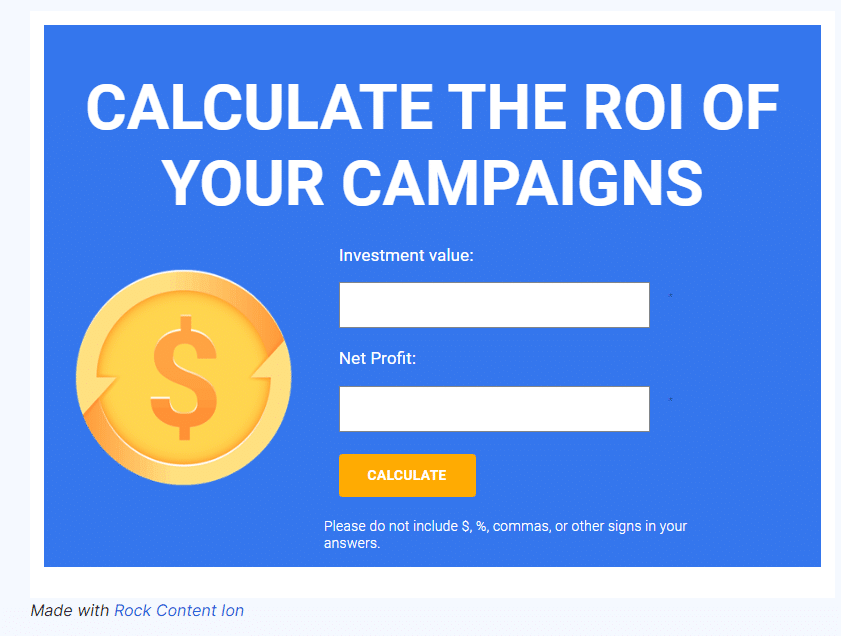
Lookbook
Show people why you’re the best of the best with an interactive gallery.
A lookbook is a chance to dazzle with a wide inventory of what you have to offer, whether it’s a new fall line or a list of features that can be added to an existing product.

Quiz
Let people answer questions to find out more about what you have to offer — as it is personalized to them.
Interactive quizzes can help to guide people toward better products while also feeding you critical information that tells you more about your target audience.

Solution Finder
Don’t make people look for their answers or wait on hold with customer service. A solution finder is a great, interactive way to make it easier to find answers.
They can answer a few questions and be given a specific product or solution. You put the consumer in control and help them to reach decisions faster.
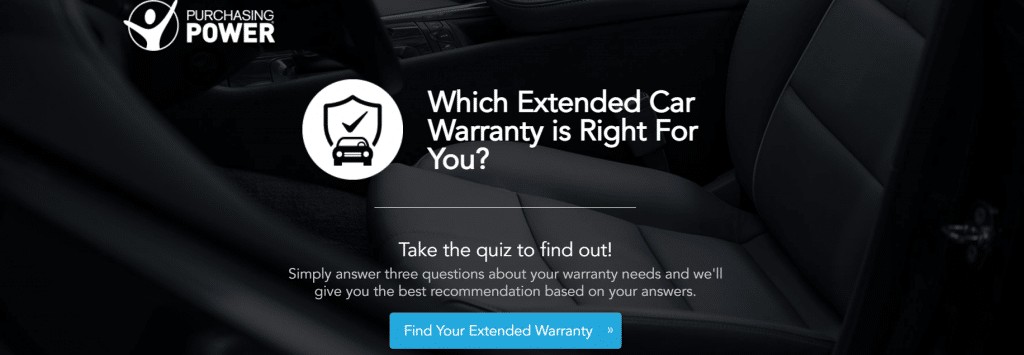
Interactive Ebook or White Paper
Ebooks and white papers can contain a significant amount of information. The problem is that they’re often cumbersome and boring.
By making them interactive, it provides more entertainment. Further, consumers can guide themselves through the book and learn more as they wish with the various interactive tools that are built inside it.
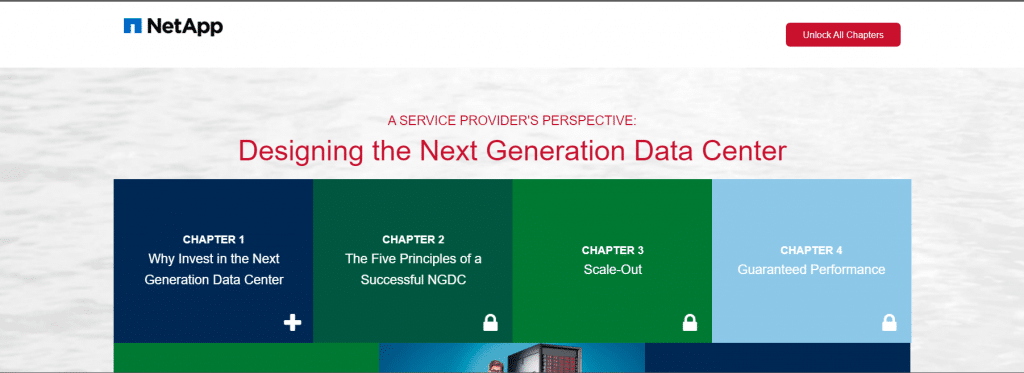
There are so many ways to interact with your audience. The more you know about your target audience, the more you know who they are and what kind of information they seek.
Help them to make their decisions faster by feeding them customized information.
When they start to co-create data and are actively participating with the content, it’s easier to prove that you’re the unique brand that they should be doing business with.
Tips to Improve the Connection Between Brand and Consumer
It’s important that your content evolves with the needs of your customer.
When you first start out, you make assumptions of what your target audience needs and wants.
As you begin to establish dialogue, it’s imperative that you listen. Ask questions to find out what they need. Listen to the questions they ask you.
You can adjust your content to ensure that you’re addressing questions before they’re even asked.
When you’re able to anticipate needs, customers feel as though you truly understand them — and they’ll be more likely to award you with their business.
Particularly when you are embracing participation marketing, there are some important tips to follow:
- tell your story in a way that allows the consumer to collaborate;
- connect with participants throughout every aspect of the sales funnel;
- get creative with the way in which content is co-created;
- make it easy for consumers to share the content that’s been created;
- review the user-generated content periodically to make adjustments.
There’s no reason why you should feel limited by the content that you put in front of your target audience.
Particularly with Ion Interactive, we offer a creative platform where you can create content without the need for extensive coding or even hiring professionals.
Simply drag and drop so that you can improve the connection between your brand and those you wish to sell to.
Case Studies of Successfully Employed Participation Marketing Strategies
There are countless case studies to show that participation marketing works. Any time you can co-create content, that is, to create content with the help of input from a consumer, you’re able to get more participation.
It offers an experience and allows the consumer to be in control rather than feeling as though they’re on the receiving end of a hard sale.
Coca-Cola
Coca-Cola launched a participation marketing campaign that was both offline and online. The “Share a Coke” campaign involved distributing bottles of soda with names on them.
It fed into the personalization desired by Millennials and allowed people to share names online. Consumption went up by 7 percent while their Facebook community grew by 39%.
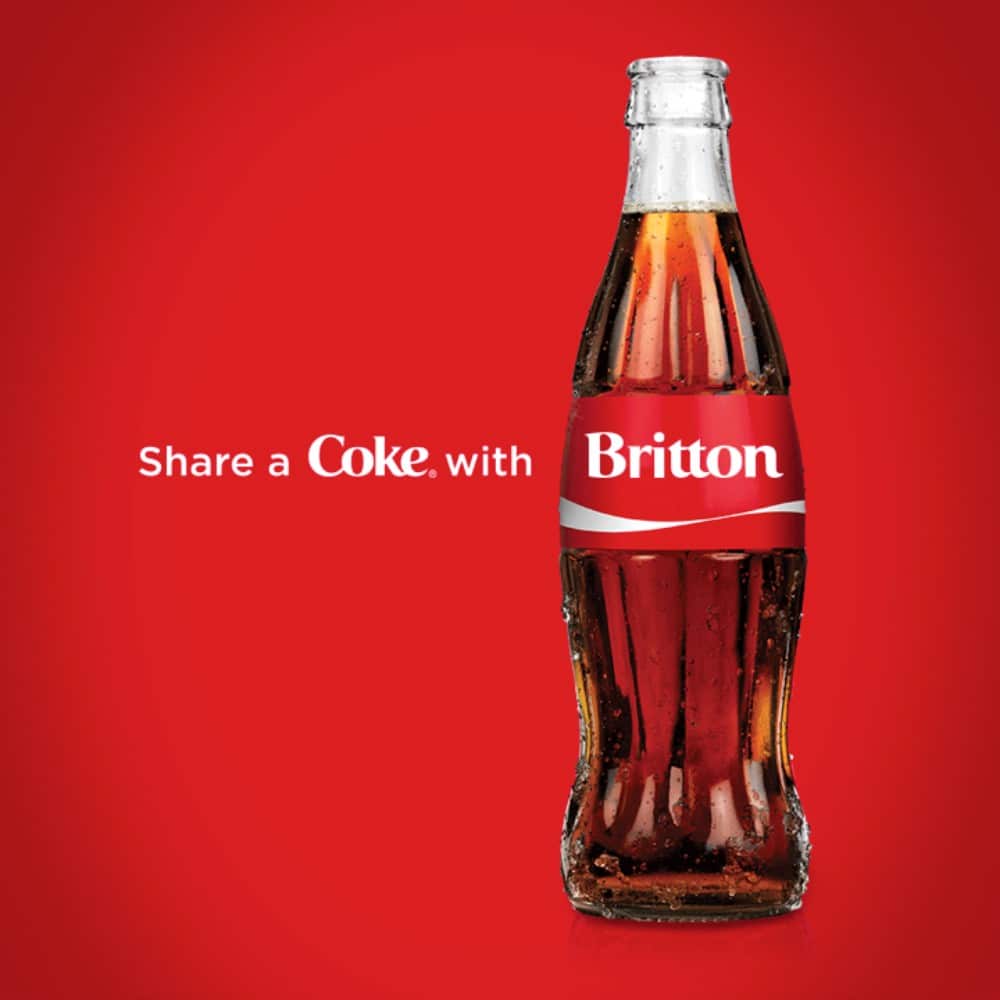
StitchFix
StitchFix offers a “What’s Your Personal Style?” quiz that helps with the online personal styling service that is offered.
Most people will at least finish the quiz, even if they don’t end up purchasing from the brand.
The data generated from the quiz can help the brand make adjustments to increase conversion rates.

Harley-Davidson
Harley-Davidson offered a lookbook for their holiday email campaign to make it easier to show off their accessories.
It captured more interest, drove more traffic to their website, and generated more business.

FedEx
FedEx has even used interactive experiences to increase revenue and offer an easier shipping experience. With the use of interactive content, they’ve seen revenue increase by 82%.
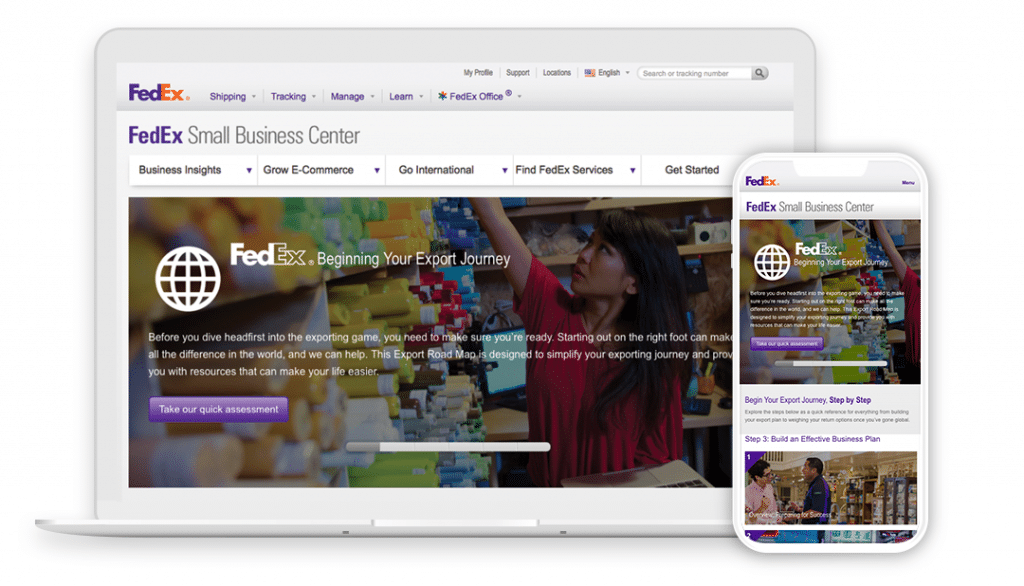
It’s becoming more commonplace to see brands use some kind of interactive content to engage the audience and ask for participation, whether it’s answering questions or simply browsing a digital catalog.
It’s not just content, either. Customers want to feel as though they have a say in the products and services being launched.
You can employ various participation marketing strategies using co-creation.
Brands like Lego, BMW, and Ikea have created co-creation labs by inviting users to participate in various brainstorming sessions and to submit ideas via various submission platforms.
The goal is to listen. Any time you can create an opportunity to receive feedback, it can help your brand grow immensely. It shows that you care about your consumer.
And, with participation marketing in place, it allows you to address the needs of the consumer in a faster and more effective way.
Start Dialogue With Your Consumers Today
When you begin a dialogue with your target audience, you often only get one shot.
You have to stand out and make it interesting. You have to show why they should participate. Tell them what they’re going to get out of it.
If the idea of user-generated content has you wondering how long it will take to produce or how much it will cost you, take a deep breath. It doesn’t have to be cost-prohibitive.
The reality is that it can be easy and affordable to produce, allowing you to be competitive with some of the bigger brands within your industry.
User-generated content is easier to produce than ever before. Ion, by Rock Content, allows you to produce the interactive content of your choosing in our creative studio.
With no coding knowledge needed, you can create forms, quizzes, and more with ease. Plus, you gain spreadsheets worth of critical information about your target audience that can help you improve the content in the future and connect more effectively with consumers.
Start using our interactive content platform today to see how quick-start templates and more can make an impact on the dialogue you create with your target audience.








